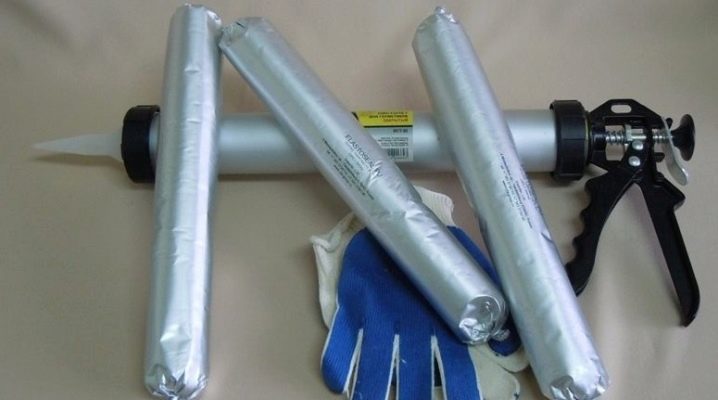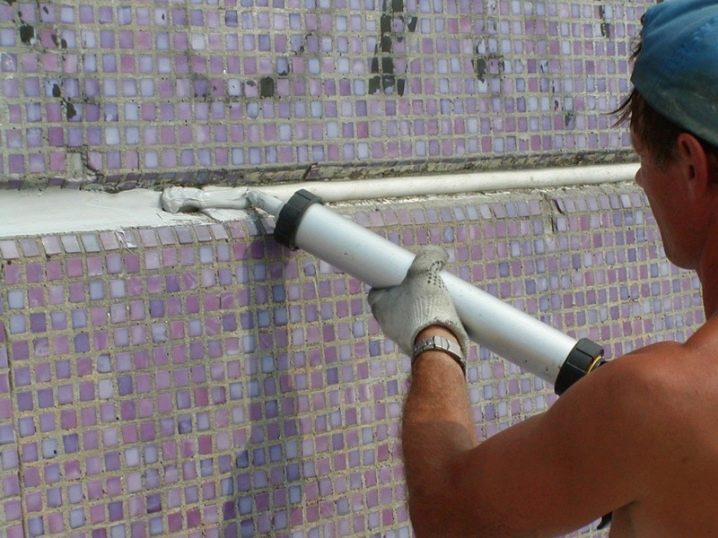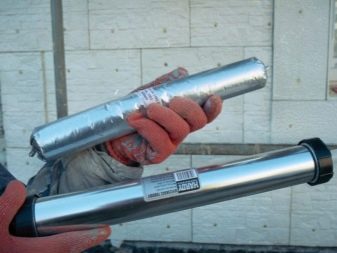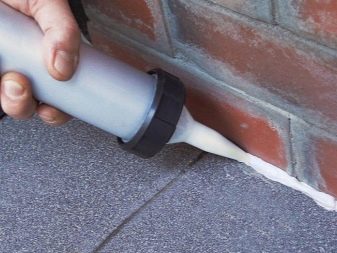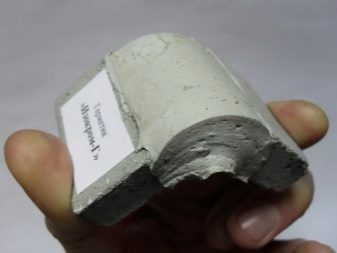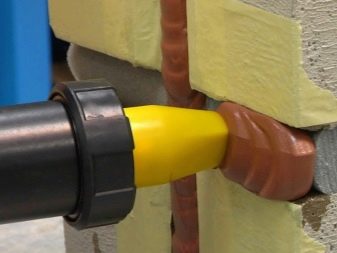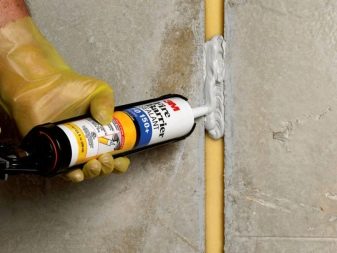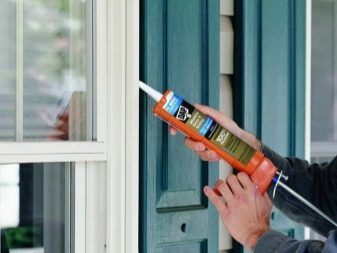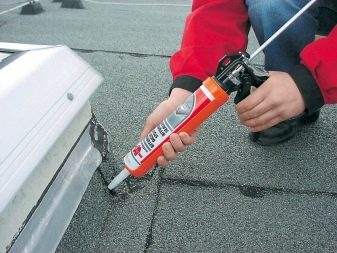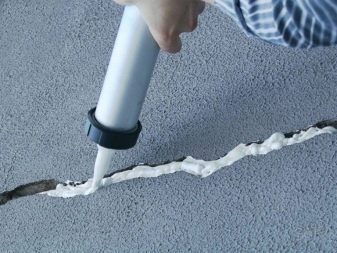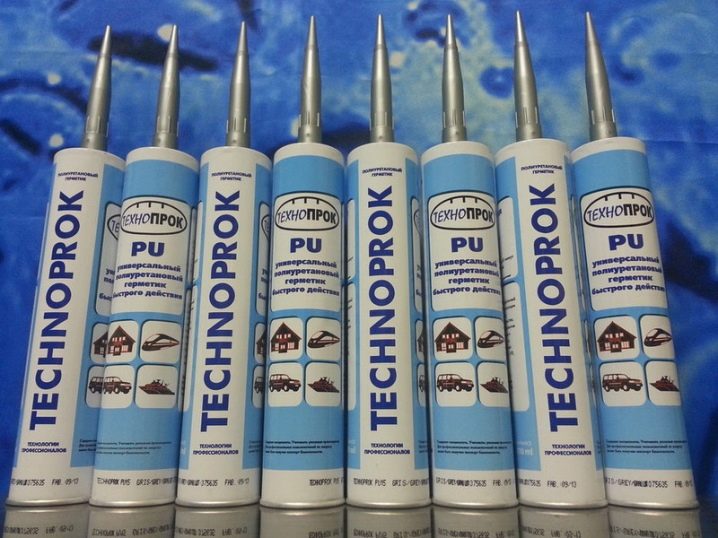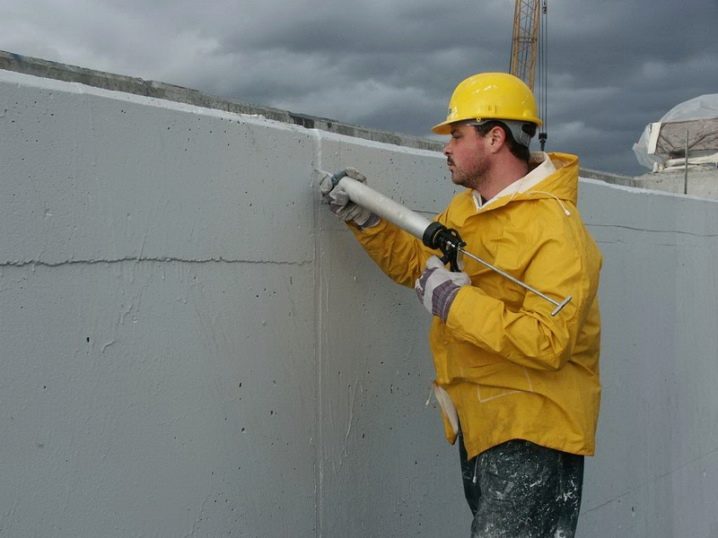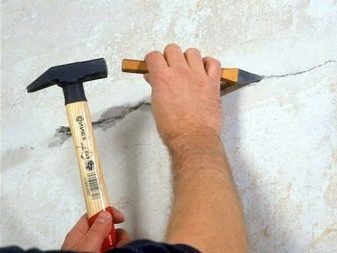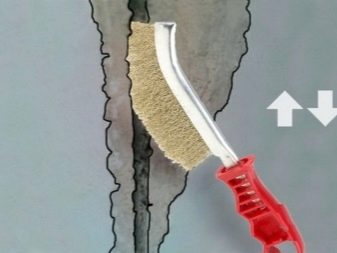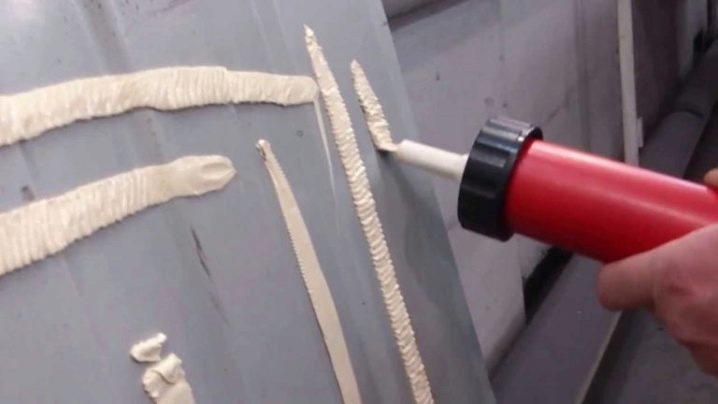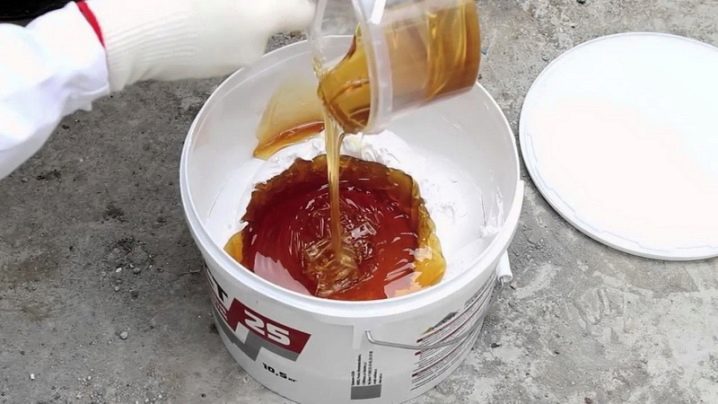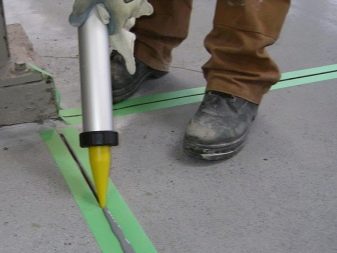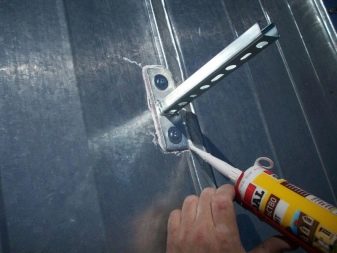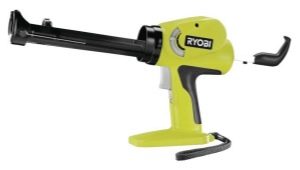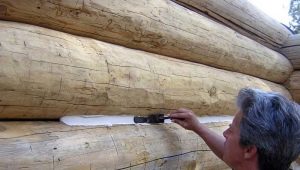Features of polyurethane sealants for exterior seams
Seams and other parts outside the house, located on the outer walls, need sealing. Special polyurethane-based compounds cope with this task better than many other sealants and even cement mortar or polyurethane foam. But this does not mean that such mixtures do not need to be chosen. On the contrary, very and very much depends on making a competent decision.
Special features
Polyurethane sealant for external seams effectively eliminates all kinds of cracks, splitting and unnecessary gaps, which very often arise during construction. Even professional builders, not to mention amateur developers, it is difficult to avoid defects. Polyurethane sealants are produced using polyester resins. The resulting material successfully challenges rubber and plastic in a variety of applications.It is allowed to use polyurethane in quite different climatic conditions, even sudden temperature fluctuations will not become a negative factor for it.
As for the drawbacks, polyurethane mixtures are more expensive than most other options and are unstable to UV rays. However, their attractive characteristics are 100% outweighing these problems. For example, butyl reagents will be worse in the temperature range of work. Covering the surface from ultraviolet is relatively simple, but to protect it from the cold in the conditions of the Russian Federation is almost impossible. And when compared with the bitumen options, the advantages of polyurethane mixtures are much greater variety of colors and the ability to withstand a significant temperature.
Polyurethane group of sealants:
- great for closing seams and joints in the concrete floor and screed;
- performs similar functions in floors of other materials;
- works well only on perfectly dry and degreased surface;
- works best at temperatures from 10 to 30 degrees Celsius;
- effectively sticks to concrete and plastic, metal and ceramics, bricks, as well as to itself.
Technological parameters
In foreign countries, polyurethane-based compounds are even more in demand than silicone blends. They are considered the most cold-resistant, easily tolerate cooling to 60 degrees. But the maximum allowable temperature is limited to 120 degrees. The overwhelming majority of such mixtures are intended strictly for outdoor work, since at the time of use and during the polymerization toxic emissions are formed. Note: if there are no tenants in the house or they may temporarily move somewhere, processing is possible inside as well, since hardened seams are absolutely harmless.
Sealants based on polyurethane at minus temperatures not only serve stably - it will not become a barrier to their use. No matter how warm or cold it is outside, you will have to moisten the treated seams. In the cold it is even more relevant, since the rate of polymerization depends on the presence of water, which is strongly limited by the cold. In the process of hardening, the mass almost does not shrink. Processing of vertical planes is allowed, since the sealant is quite sticky and does not flow down from there arbitrarily.
Using
No matter how the manufacturers care about the waterproof and cold-resistant parameters of their product, almost everything is in the hands of the users. It is extremely important to follow the technology to the smallest detail, otherwise the result is not guaranteed. First of all, you should take care of cleaning all the seams from dust particles, from old paint and just dirt. Sealant treatment of a non-uniform surface is not allowed. If the material is stratified, hoping for a strong bond with it is at least naive.
It is necessary to take into account, of course, the manufacturer's instructions, primarily on the exact temperature of use. Important: these are just the maximum permissible limits; whenever possible, even a polyurethane sealant should be used in a warm environment. As regards the time of hardening of the sealing agent, it is worthwhile to distinguish between the polymerization period of the upper layer and the duration of complete hardening. The first stage is sometimes completed within 30 minutes after the release of the reagent to the surface. The second lasts several days.
Fast hardening can be not only a plus, but also a minus. An error in the choice of a place of processing sometimes leads to fatal consequences.
Two-component polyurethane sealant is almost 100% elastic. Storage of the material should be organized in places obviously unattainable for children and pets. Also do not overheat during storage. When normal, appropriate instructions for handling conditions with sealant are maintained, even in an open container, it will retain its properties for up to 10 months.
Tips for choosing
To close the seam with a depth of 1 cm and a length of 1 m only 0.1 l of the finished mixture is required. The key property of the sealing compound in everyday life is strength. It is she who primarily determines how great the resistance to deformation or shrinkage.
Sealants with a hardness of 15 units are suitable for eliminating gaps in roofing materials and joints, in wall corners. Mixes, designed for 25 units, are designed to close the gaps in structures that are continuously in contact with moisture. The next group - with 40 units - is optimal when working with glass and temperature expansion joints in reinforced concrete. 50 units are characteristic of mixtures designed to work with metal. And polyurethane sealants for 60 points are ordered by shipbuilding and automotive companies in different countries.
How to work with polyurethane sealant, see the following video.
